Weekly Tech Recap - № 170 - Samsung/Apple, 3D printing and architectural heritage, Asus H370 Mining Master, Chinese techs on the rise, etc.
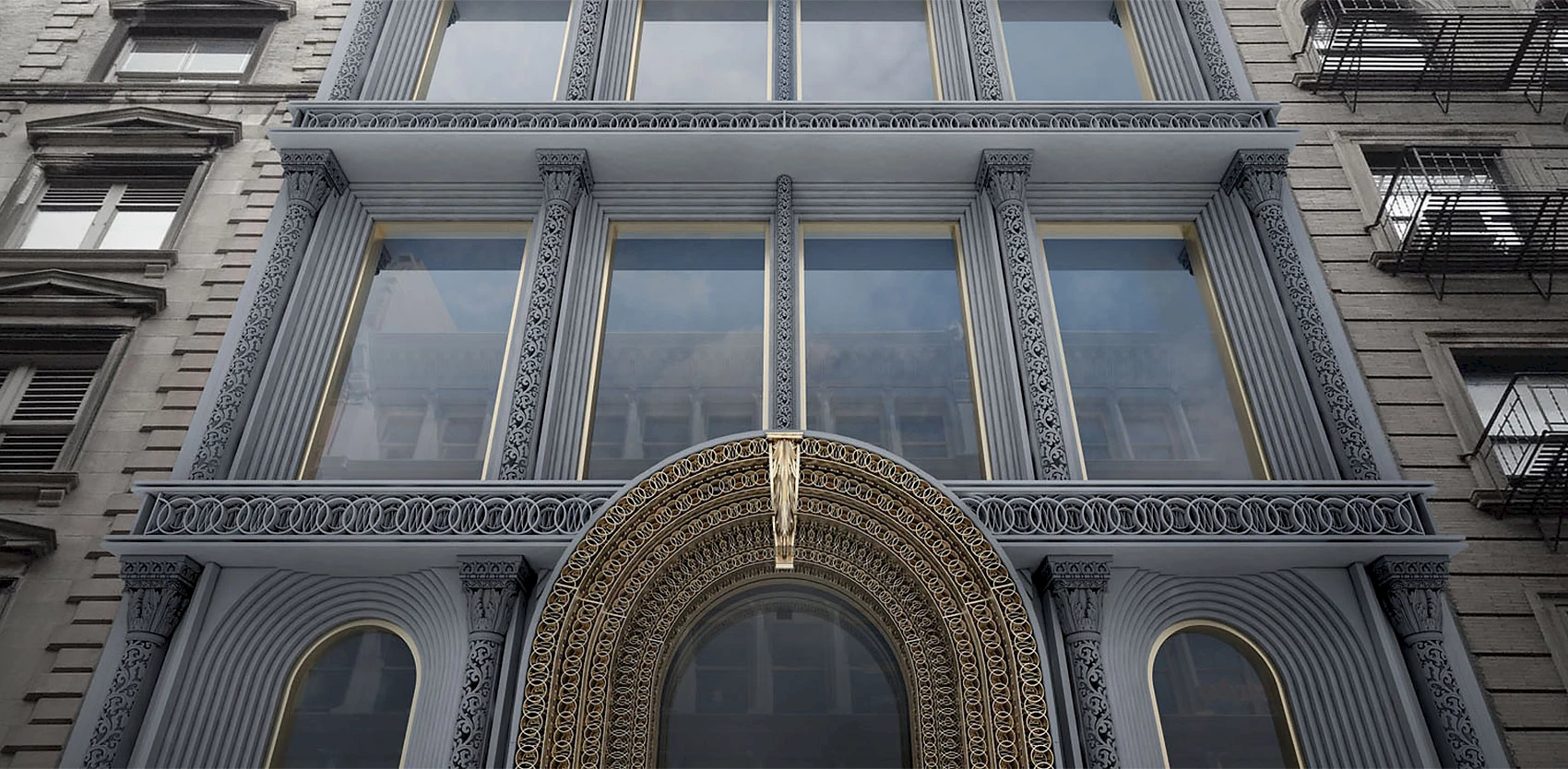
Samsung-Apple feud finally over
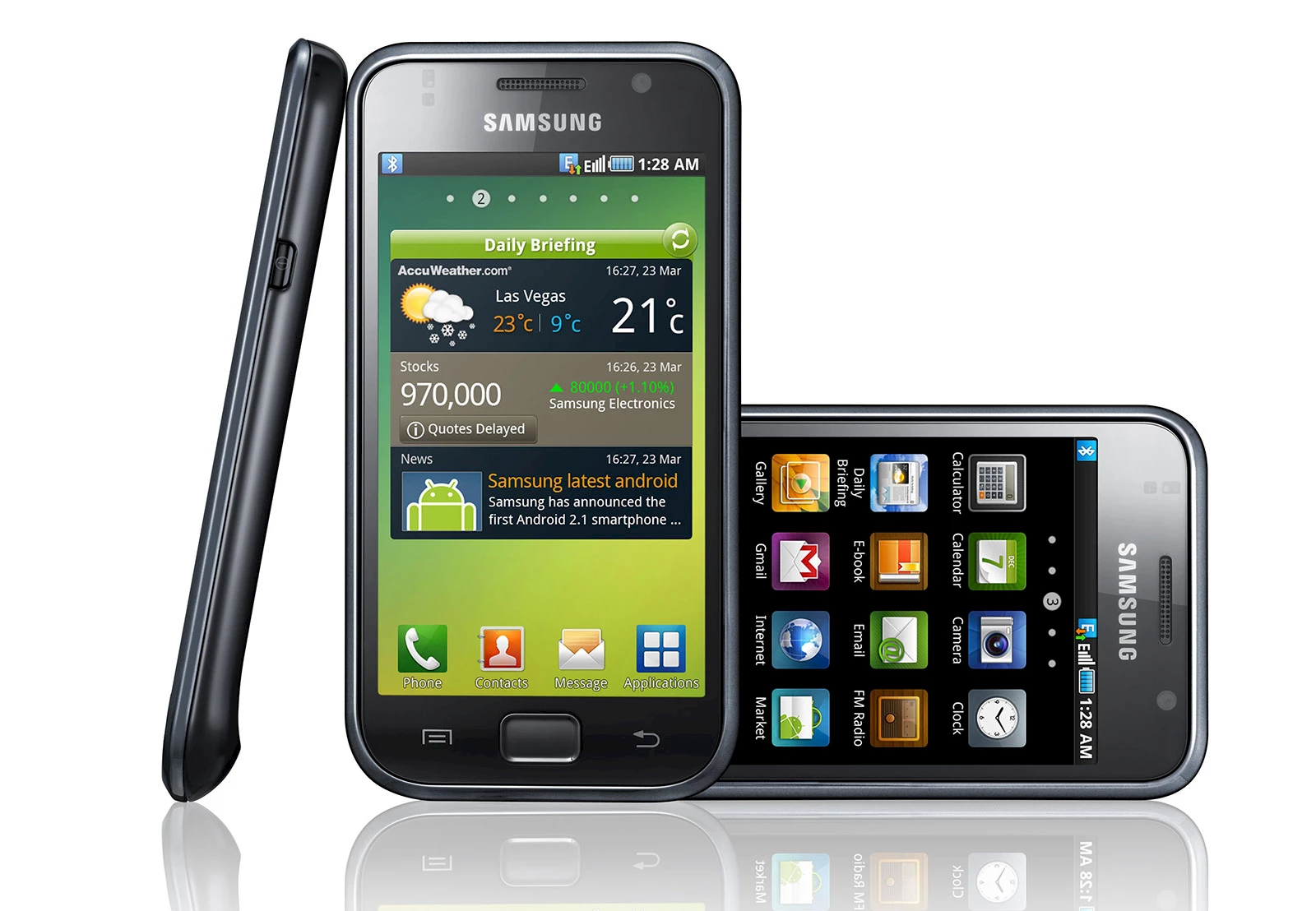
Samsung Galaxy S (GT-I9000), 2010. © Samsung Electronics.
After a long-drawn-out, seven-year battle in the courts, which included a retrial, Samsung has had to pay Apple US$539 million in damages for patent infringement. Samsung was found to have copied two utility and three design features of the ever-popular iPhone; the retrial was necessary to decide the amount of damages owing. Apple originally sought US$2.5 billion, while Samsung thought it should only have to fork over US$28 million. Apple has said that the case “has always been about more than money.” This may be true, but it’s still a lot of money…
⇨ Wikipedia, “Apple Inc. v. Samsung Electronics Co.”
⇨ Mashable, “Samsung to pay Apple $539 million in damages following patent battle.”
3D printing saves architectural heritage
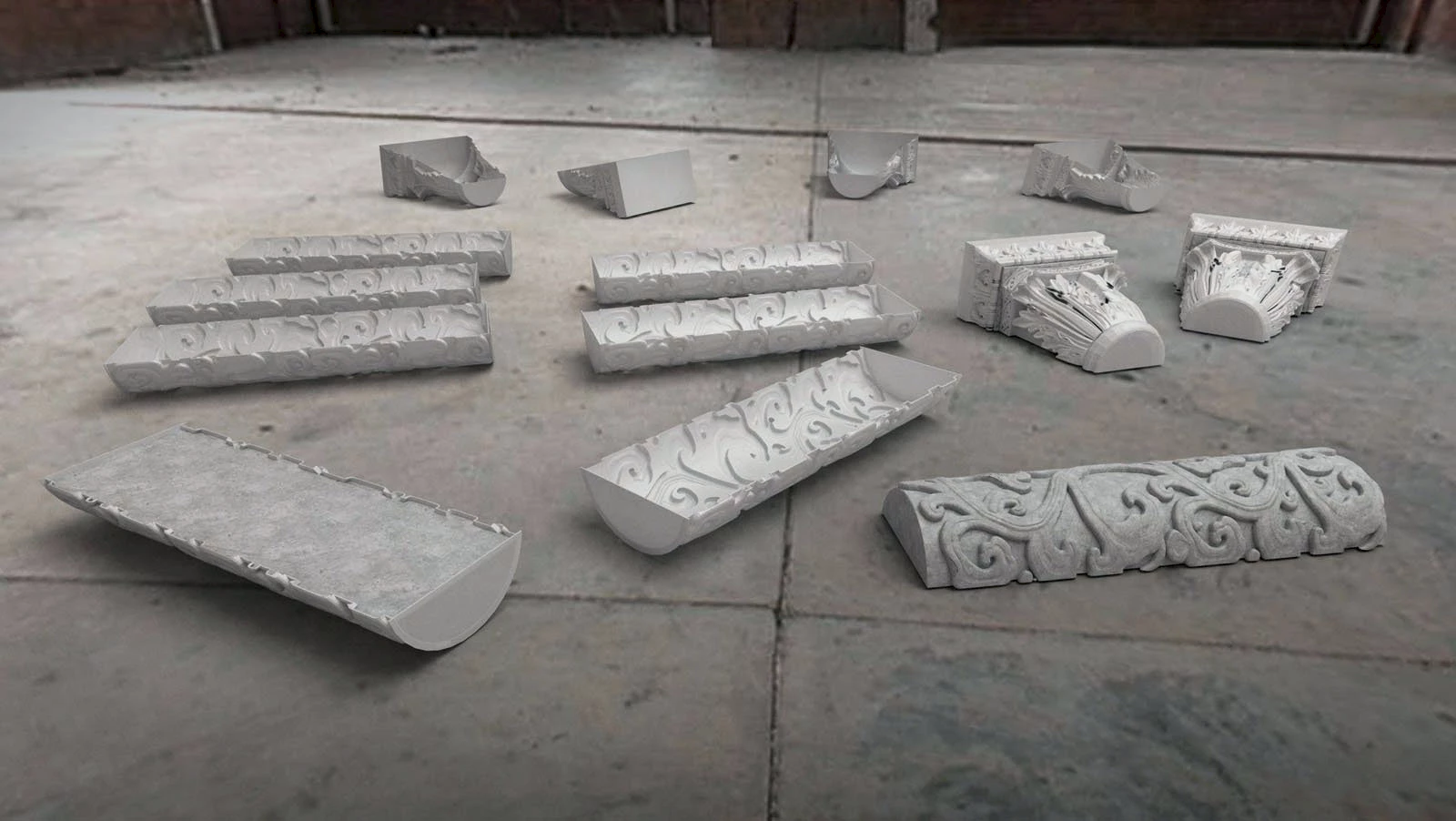
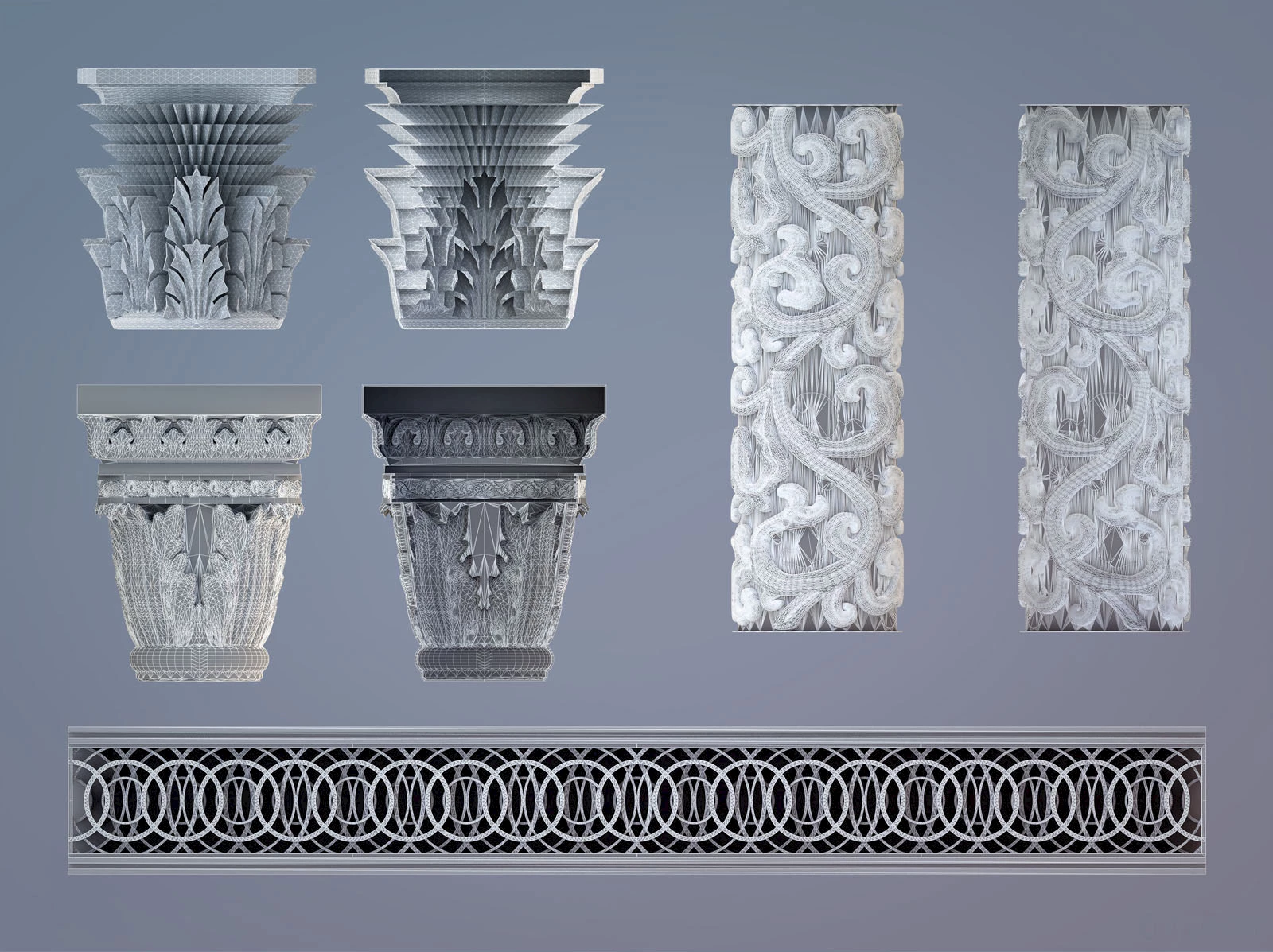
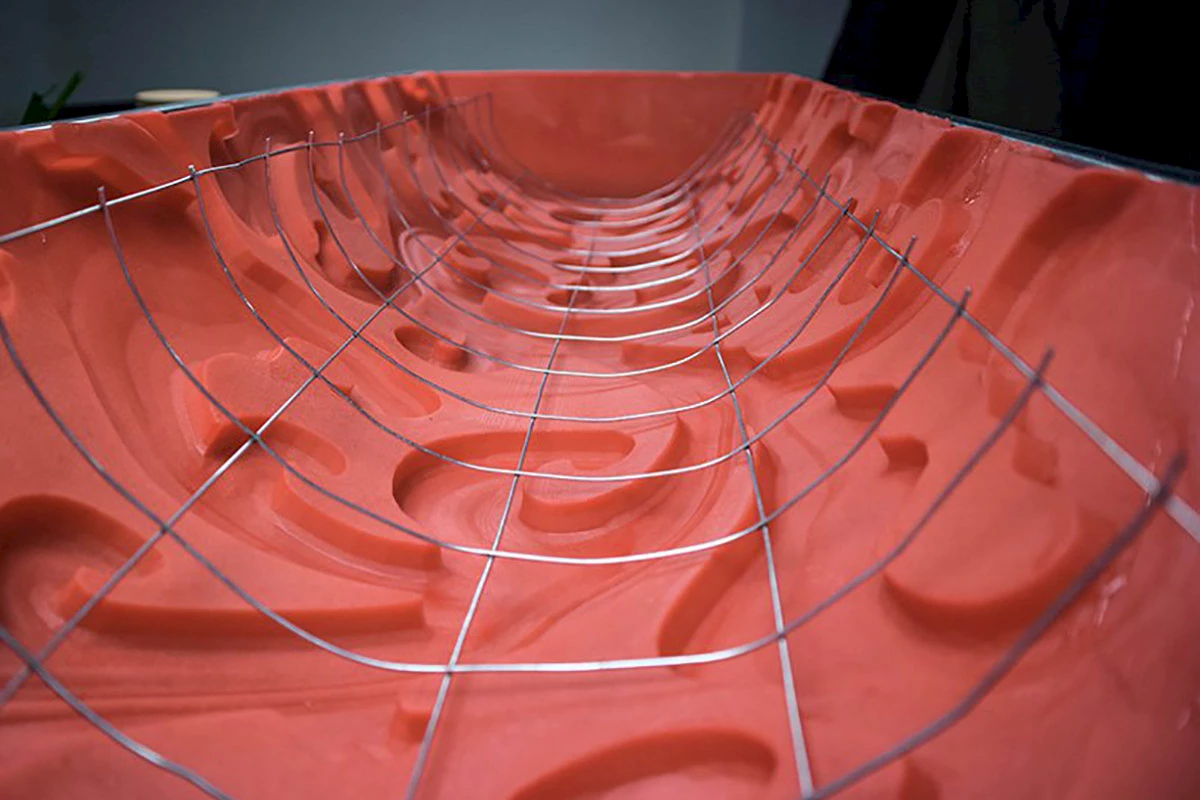
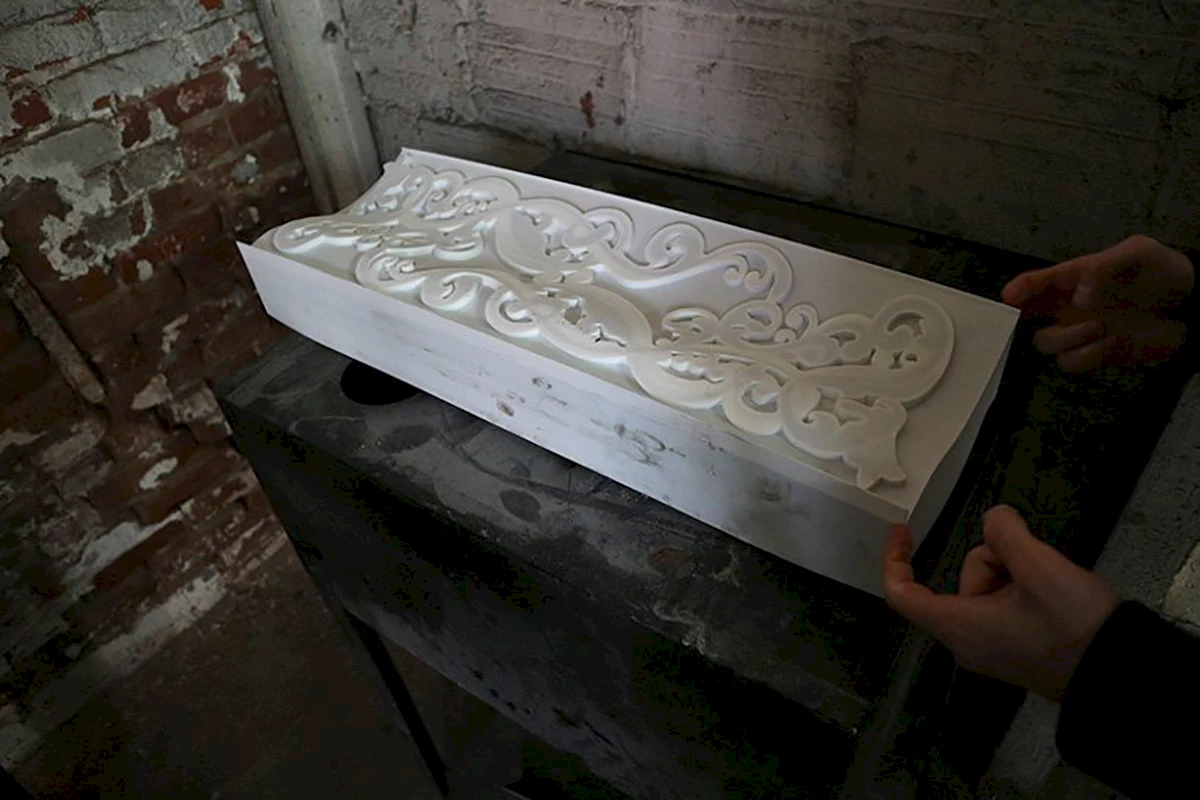
Modern Ornemental system. © EDG Architecture and Engineering.
EDG, a New York architecture and engineering firm, has developed a 3D printing process to restore the city’s architectural gems. Thanks to a 3D scanning laser, software like 3DSMax and Rhino as well as specialized algorithms, EDG is able to print moulds for complex ornamental architectural details. The moulds are inlaid with a laser-cut wire mesh and filled with Sika concrete to create the final piece. The entire process costs a fraction of the price of traditional techniques like sculpting. The firm was inspired by the pending demolition of 574, Fifth Avenue, a building graced with complex ornamentation that had become prohibitively expensive to restore. The building, whose facade dated from 1903, was finally demolished in 2017. Of course, the technique can also be used to create contemporary pieces; with any luck, it might usher in a revival of a kind of Art Deco architecture, after decades of brutalism.
⇨ 3ders.org, “EDG creates customizable 3D printed concrete molds to restore historic architecture.”
⇨ Archpaper.com, “EDG creates customizable 3D-printed concrete molds.”
958+1 drones flying at a Time
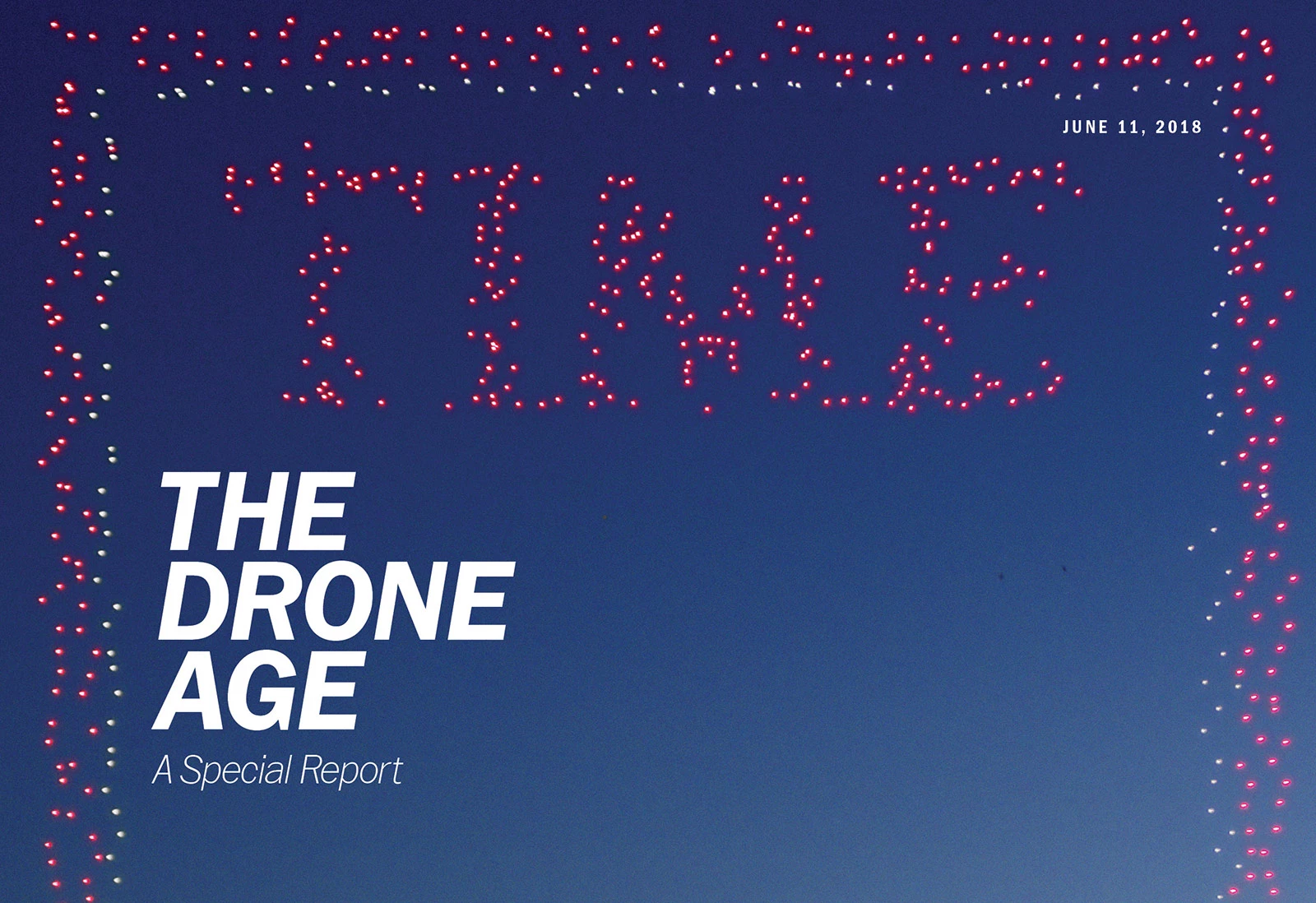
Time Magazine cover dated June 11, 2018. © Time Inc.
Time magazine’s latest issue features a piece on the explosion of drones in our culture and, to illustrate the point, the cover was made with 958 illuminated drones, and a 959th one to take a photo of them. The drones all hover in formation to recreate a 100-meter high cover, complete with red and white border and the iconic TIME word mark. The technological feat was made possible thanks to a team at Intel that specializes in aerial drone displays and to Astraeus Aerial for the photo. The shot was staged above Folsom, in California, where Intel has a campus. The drones used for the shoot are Shooting Stars, light quadcopter drones equipped with LEDs that were specially designed for light shows by Intel. The position and movements of each drone are controlled by a computer and an operator on the ground.
⇨ PetaPixel, “Time’s latest cover photo is a drone photo of 958 drones.”
⇨ Time, “Time’s drones issue: go behind the cover.”
Asus H370 Mining Master
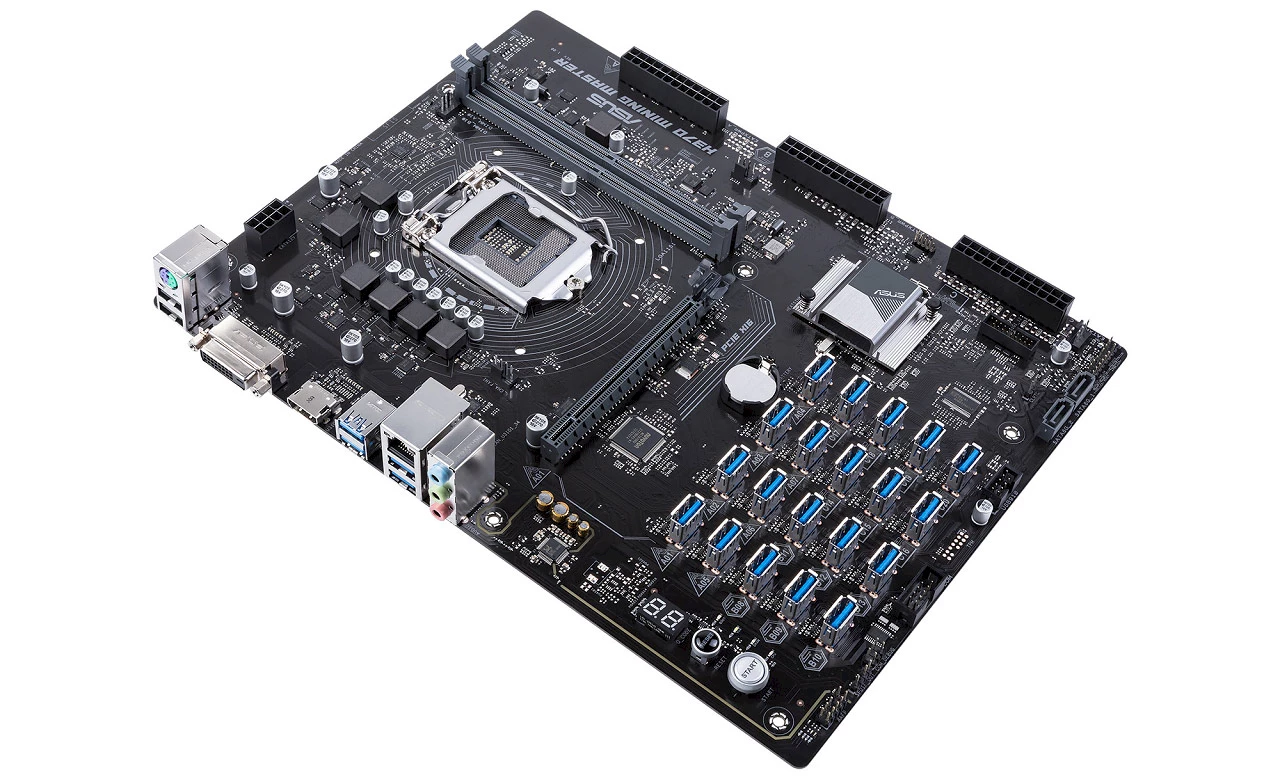
Asus H370 Mining Master. © ASUSTeK Computer.
Yesterday, Asus announced a new motherboard called H370 Mining Master. As its name suggests, it was developed specifically for mining cryptocurrencies. In fact, the motherboard sports a whopping 20 PCIe-over-USB ports supporting as many graphics cards! The arrival of cryptocurrency mining has radically changed the PC industry, not just by hiking the price of GPUs (to gamers’ dismay), but also by spurring hardware companies to develop mining-specific equipment. The motherboard should be available in the U.S. by the third quarter of 2018. Its price is as yet unknown.
⇨ Circuit Breaker, “Asus made a crypto-mining motherboard that supports up to 20 GPUs.”
Chinese techs on the rise
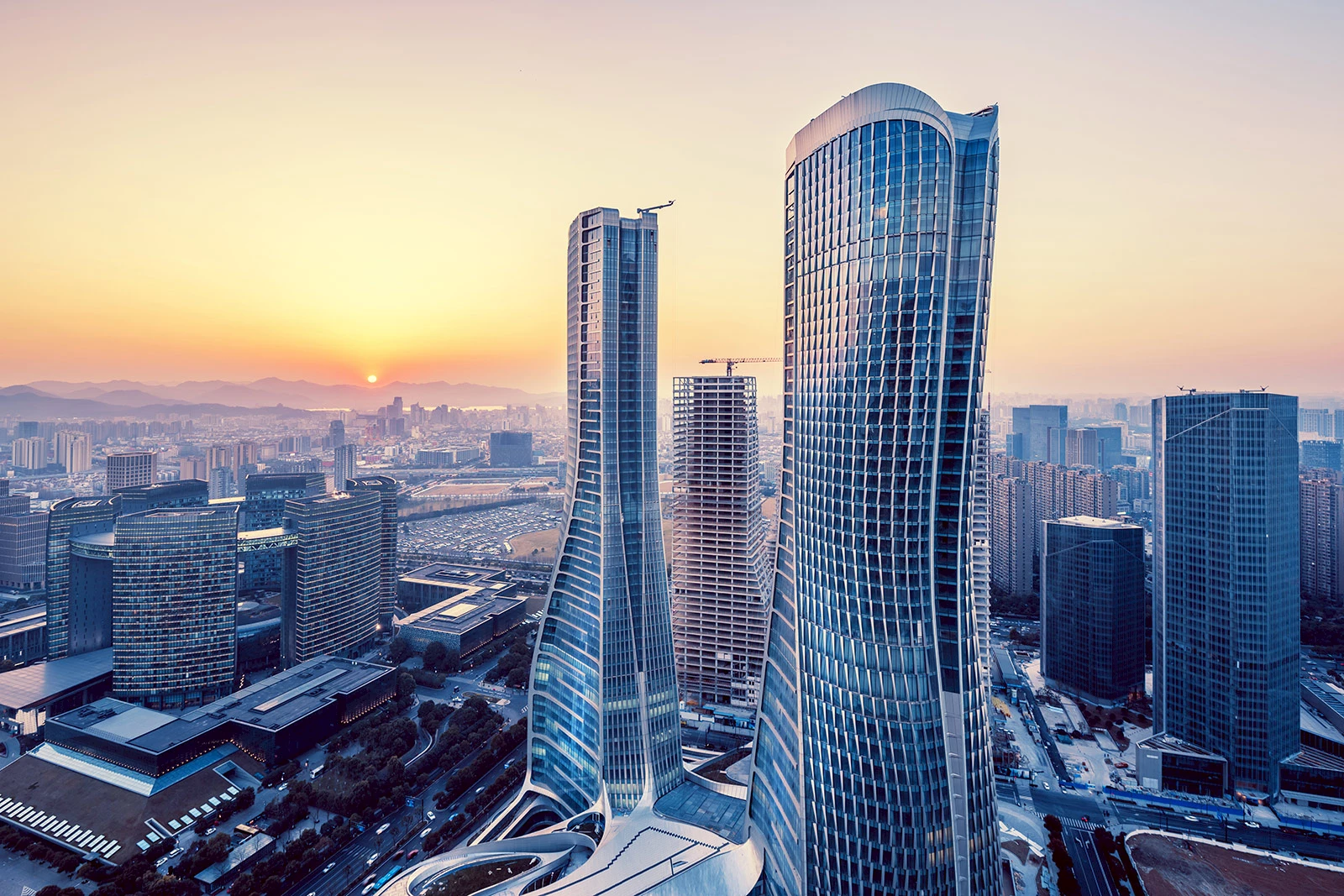
Hangzhou, Chine. © iStock.
Five years ago, just two Chinese companies made the list of the world’s highest-valued tech companies, compared to nine in the U.S. Now, China also has nine: Alibaba, Tencent, Ant Financial, Baidu, Xiaomi, Didi Chuxing, JD.com, Meituan-Dianping and Toutiao (the U.S. now has 11). The rise of Chinese tech giants is partly due to the sheer size of the local market. But China also beats the U.S. — hands down — in the number of science and engineering grads, providing its tech companies with a huge, skilled workforce. China’s tech companies have turned the country into the world’s largest producer of smartphones by number of units: China produces 40% of the world’s smartphones, compared to the U.S.’s 15%.
⇨ Recode, “Mary Meeker: China now has nine of the world’s biggest internet companies — almost as many as the U.S.”
